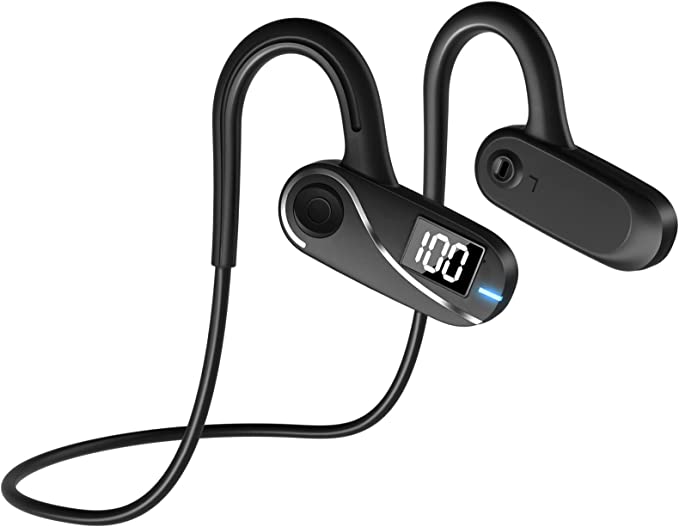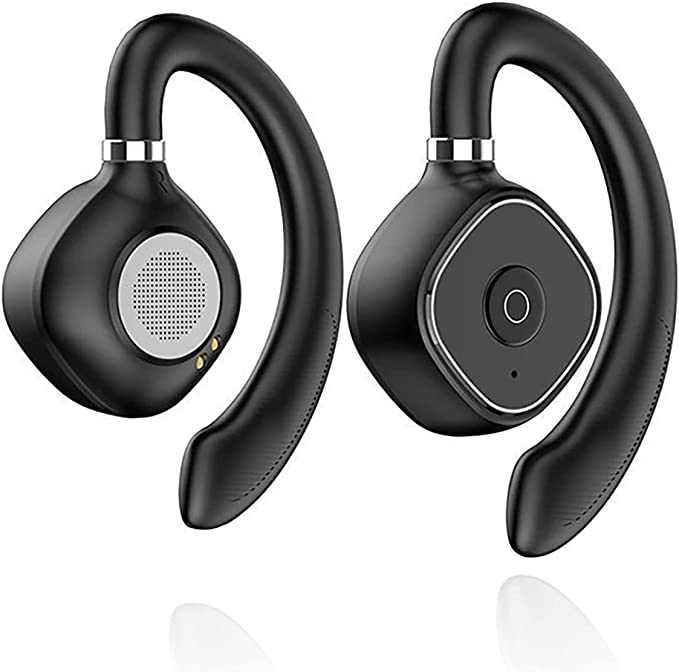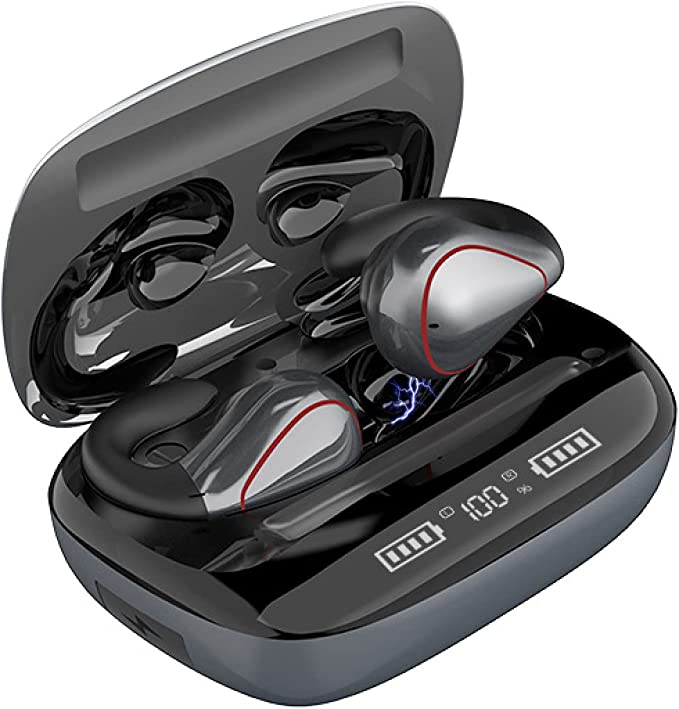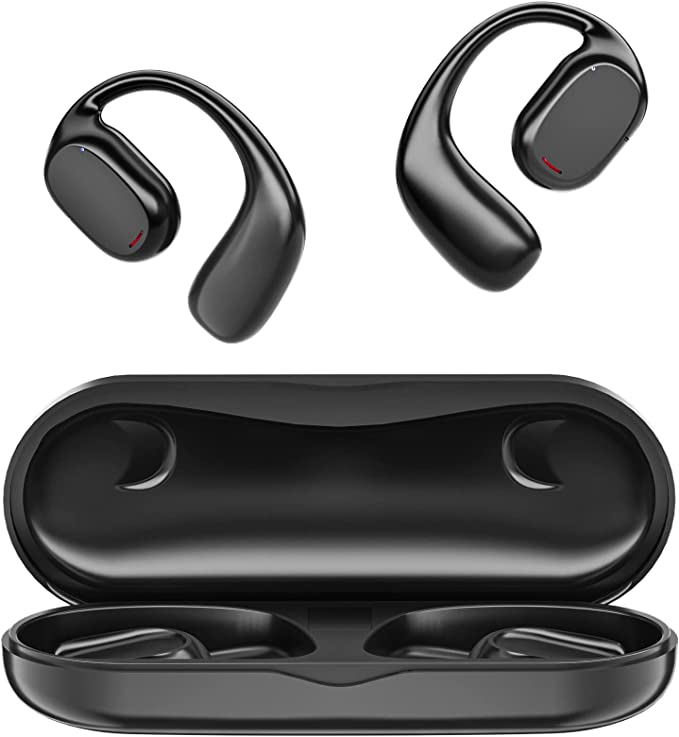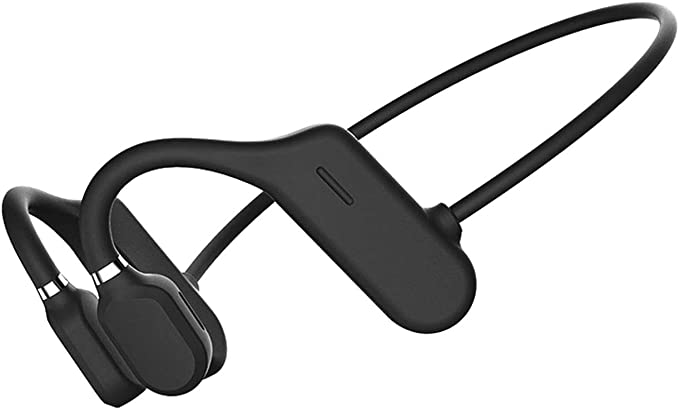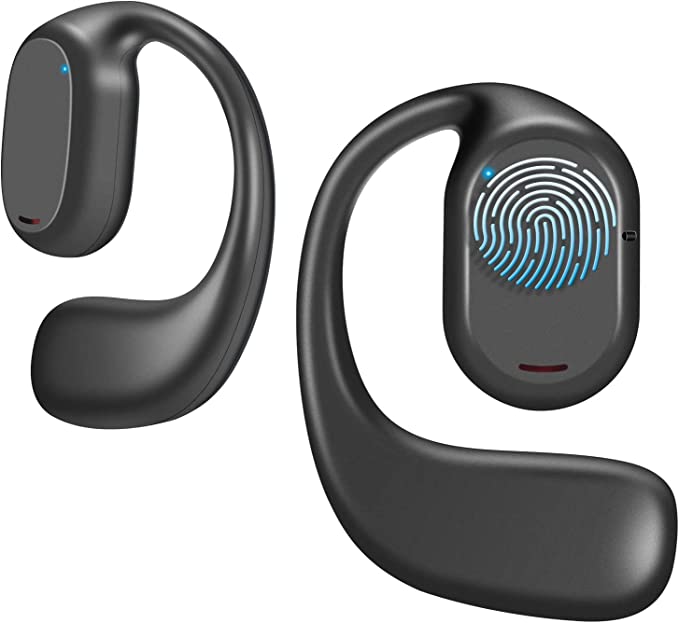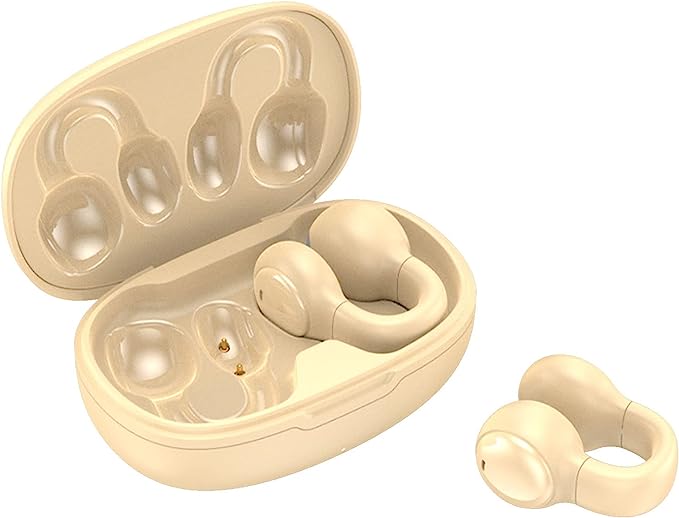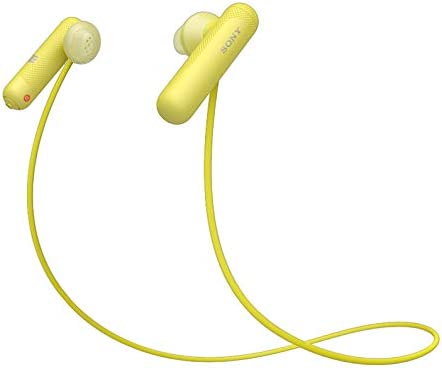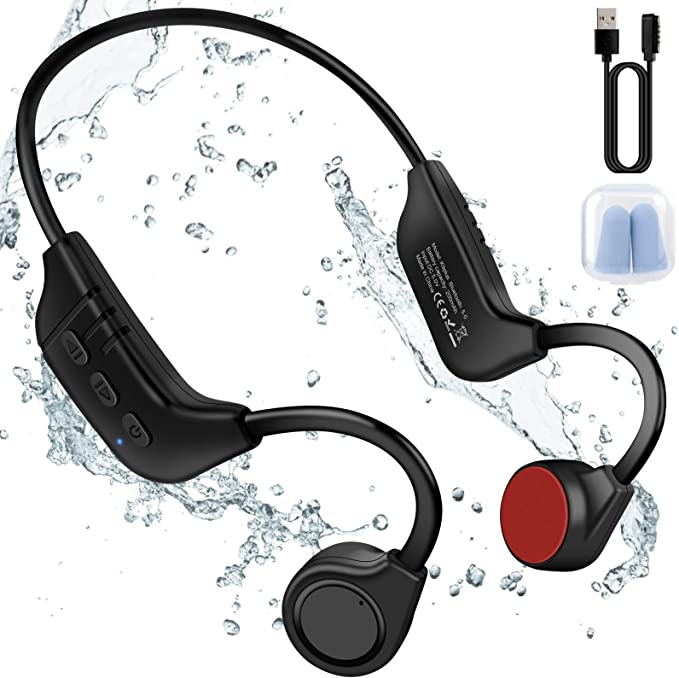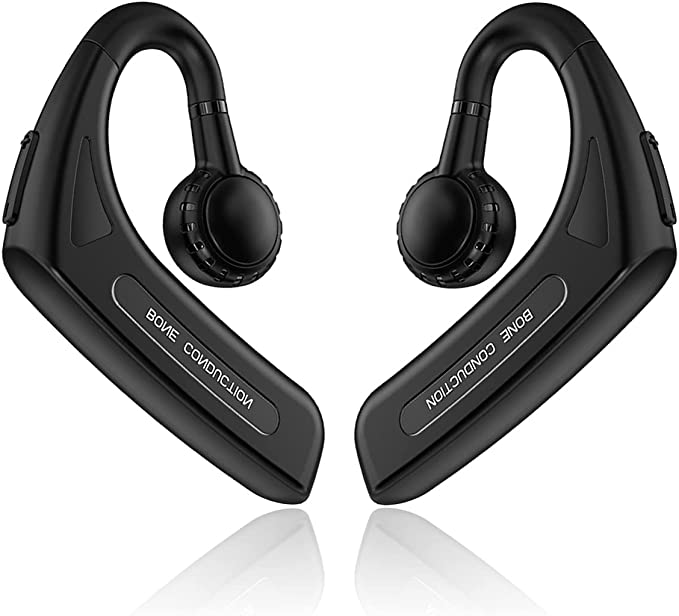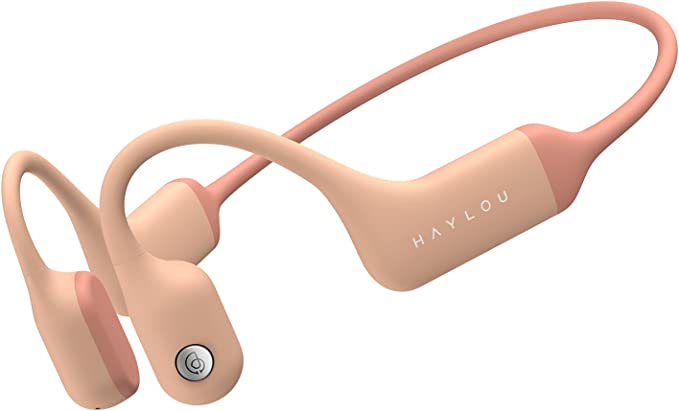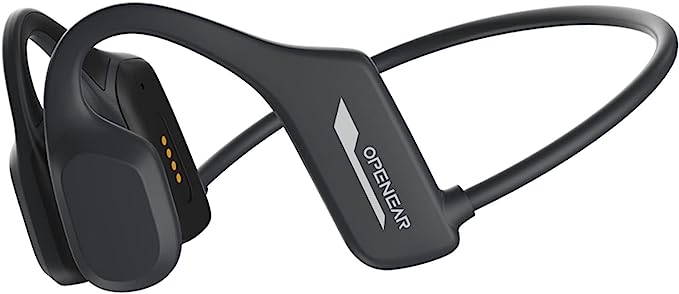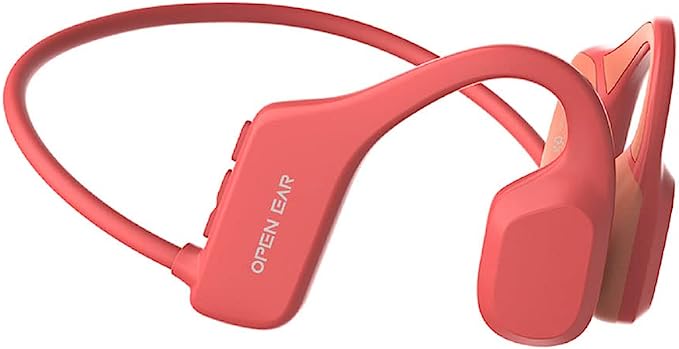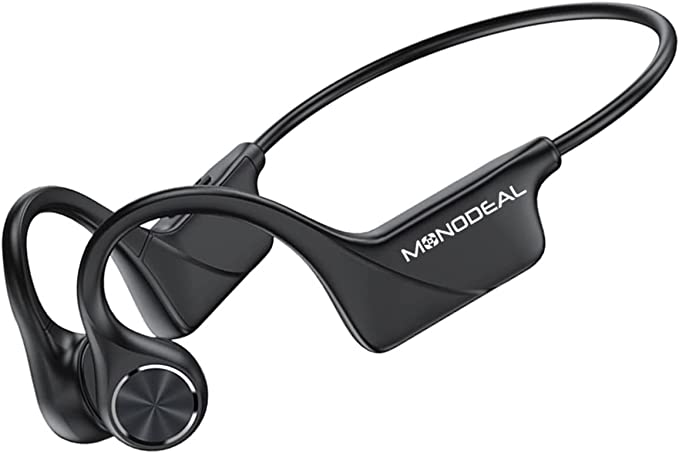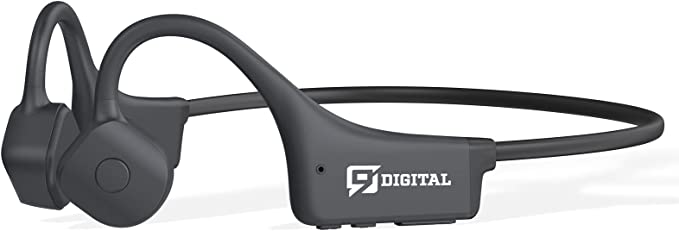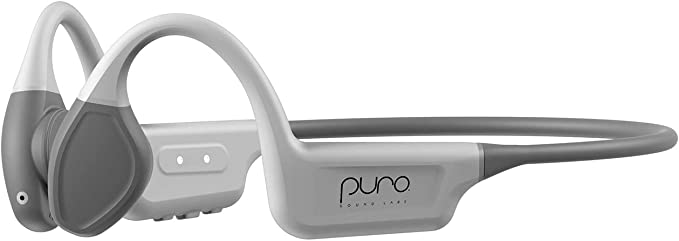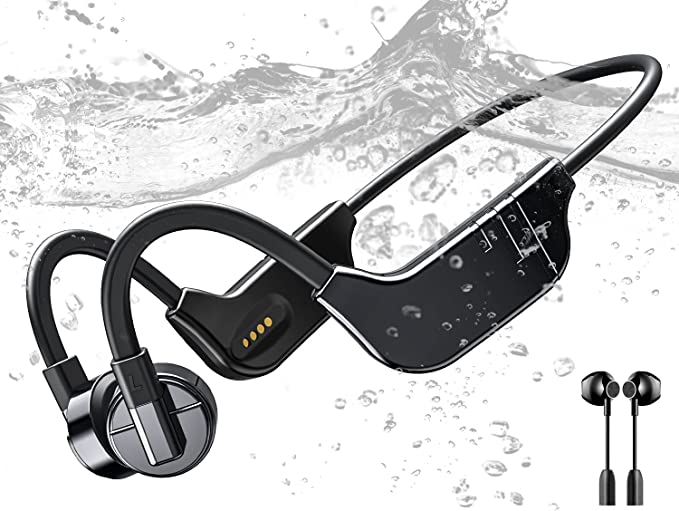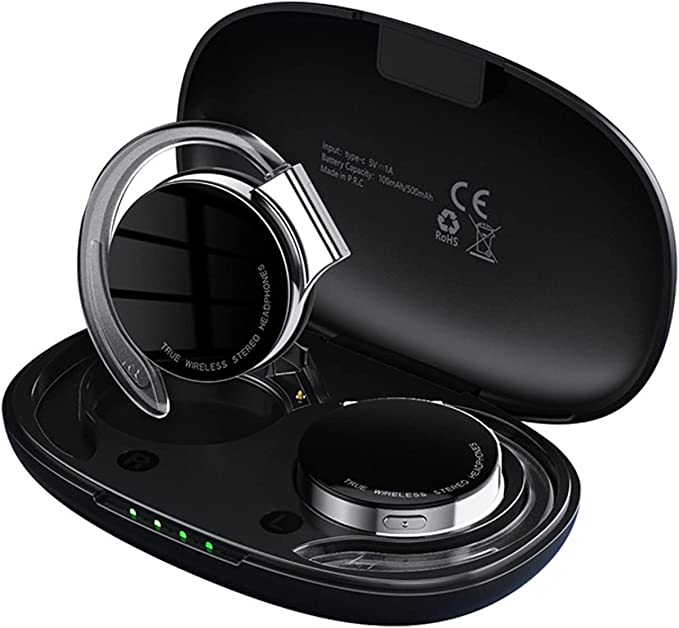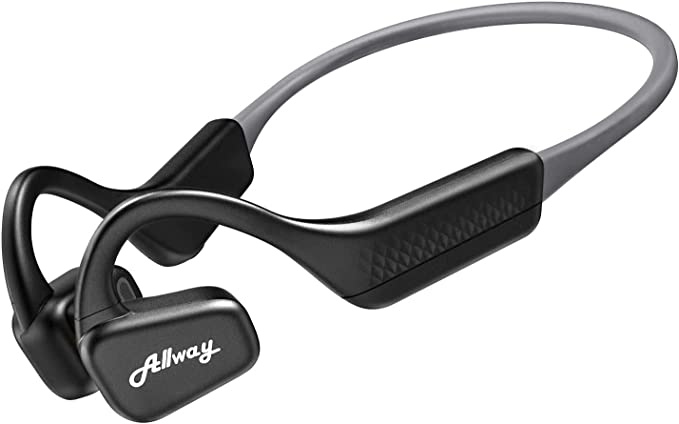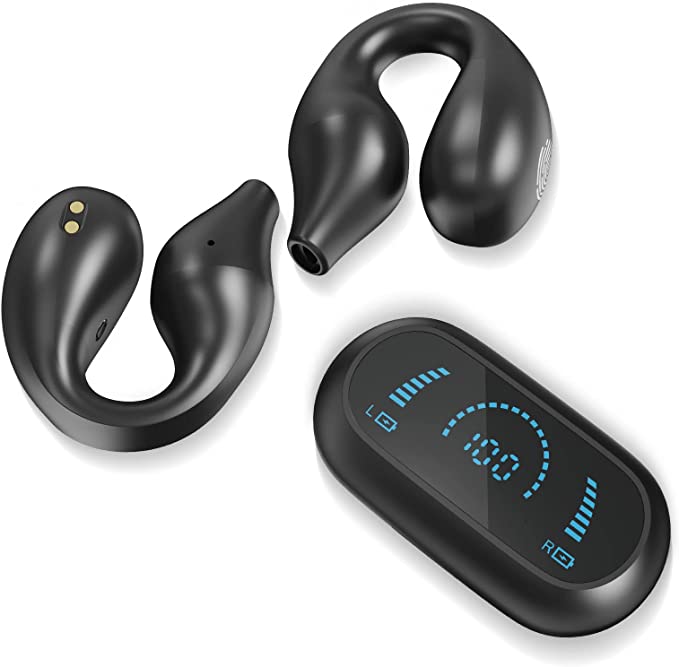The Open-Ear Revolution: How Bone Conduction Headphones Are Changing the Way We Listen
Update on Nov. 14, 2025, 8:13 p.m.
Imagine Ludwig van Beethoven in a silent Vienna, unable to hear the masterpieces he composed. In a desperate act of ingenuity, he clenched a wooden rod in his teeth, pressing the other end to his piano. Through the vibrations in his jawbone, the ghost of a melody reached his brain. Beethoven had hacked his own biology, proving that our eardrums are not the only gateway to sound.
This historical footnote is the prologue to a technological revolution that is reshaping our relationship with audio: bone conduction. It challenges a fundamental assumption about listening—that to hear our own world, we must block out the real one. For athletes, commuters, and anyone who needs to stay connected to their surroundings, this technology isn’t just a novelty; it’s a paradigm shift.

The Express Highway to Your Brain: What Is Bone Conduction?
Traditional headphones use tiny speakers to create sound waves that travel through the air in your ear canal to vibrate your eardrum. Think of this as the scenic route to your inner ear (the cochlea), where sound is finally processed.
Bone conduction is the express highway. It bypasses the eardrum completely. Devices using this technology, like the DEMICEA X6 Open-Ear Sport Headphones, don’t put speakers in or over your ears. Instead, they feature small transducers that rest gently on your cheekbones. These transducers convert audio signals into micro-vibrations that travel directly through your skull to the cochlea. Your brain receives the same final stimulus and interprets it as sound, without ever needing the eardrum to participate.
This “secret pathway” is the key to the open-ear revolution. By leaving your ear canals completely unobstructed, it grants you a unique superpower: the ability to be fully immersed in your music or podcast while maintaining 100% situational awareness. The approaching electric car on your run, the cyclist calling out “on your left!”, the announcement at the train station—you hear it all, naturally and without compromise. It’s your personal soundtrack laid perfectly over the real world.
The Engineering of Freedom: From All-Weather to No-Phone
Bringing this concept to life for active users requires solving significant engineering challenges related to durability, comfort, and true wireless freedom.
1. Conquering the Elements (IP68 Waterproofing):
The ultimate test for a sports electronic device is water. An IP68 rating, as seen on the DEMICEA X6, is the pinnacle of consumer-grade durability. Let’s decode it:
* IP: Ingress Protection.
* 6: The first digit signifies it is completely dust-tight.
* 8: The second digit certifies it can withstand continuous immersion in water, typically beyond 1 meter.
This isn’t just “sweat-proof.” It means the device is engineered for swimming. This is achieved through meticulously sealed enclosures and nano-hydrophobic coatings that repel water at a molecular level. It transforms the headphone from a running companion to a true all-terrain audio device.
2. The Psychology of the Phone-Free Workout (Built-in MP3):
For all the convenience of Bluetooth, it still tethers us to our most distracting possession: the smartphone. The buzz of notifications is the enemy of focus. The inclusion of a built-in 32GB MP3 player is a deliberate act of liberation. With storage for thousands of songs, it’s an invitation to intentionally leave the digital world behind. For a swimmer, it’s a necessity. For a runner or cyclist, it’s a path to a true “flow state”—deep, uninterrupted concentration where performance peaks. It’s cutting the final cord, not just from the headphone jack, but from the endless stream of digital noise.

The Sonic Compromise: An Honest Look at Sound Quality
Is bone conduction the perfect audio technology? No. It’s a specialized tool with a specific purpose, and that involves a trade-off. Because sound bypasses the natural resonance of the ear canal, bone conduction headphones can struggle to reproduce the deep, sub-bass frequencies that give genres like hip-hop and EDM their chest-thumping impact. In a quiet room, traditional over-ear headphones will almost always deliver a richer, more detailed soundstage.
But to judge bone conduction by audiophile standards is to miss the point. You don’t buy an off-road vehicle and critique its track performance. These headphones are not designed for a silent listening room; they are designed for the world outside it. For podcasts, audiobooks, and most genres of music, the audio quality is clear and powerful, especially when engineered with modern enhancements like the 16mm drivers and audio power amplifiers found in devices like the X6. The priority is not perfect fidelity; it’s perfect awareness.

Conclusion: Hearing the Future, Safely
From Beethoven’s desperate discovery to a swimmer gliding to a personal beat, the journey of bone conduction is a testament to human ingenuity. It’s a story about using technology not to isolate ourselves, but to integrate our digital lives more safely and seamlessly with the physical world.
The open-ear revolution offers a profound new way to experience audio. It provides a solution for the cyclist who wants a soundtrack without sacrificing safety, the runner who needs to hear their surroundings, and the swimmer who craves music in the water. It acknowledges that sometimes, the most important sounds are the ones you’re not trying to block out. The future of listening isn’t just about higher fidelity; it’s about a higher-fidelity connection to the world around us.

